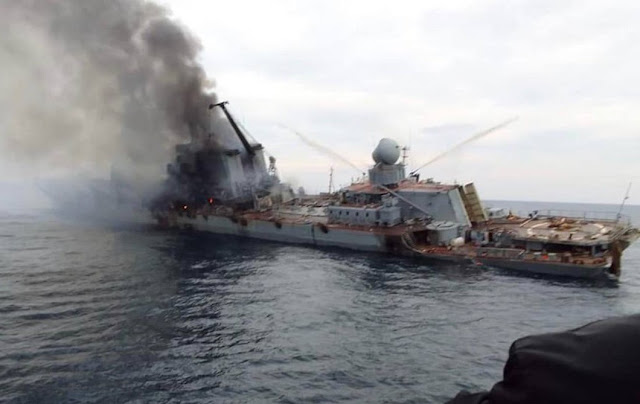How Old Are The Ships Of The World's Navies? (2025)

Back in 2018, I took a look at the average age of the warships in the dozen most powerful navies around the world. The results were quite interesting but were only a snapshot of the fleets at the time. Now that a few years have passed, I used the same methodology again to get an idea of not only how old the fleets are, but whether they are aging or getting younger. The results were not what I expected, and revealed aging fleets almost across the board, especially among Western navies. For these comparisons, I only considered aircraft carriers (including flattop amphibious ships), submarines (excluding ballistic missile submarines), and surface combatants of over 100 meters in length (excluding coast guard and training ships). In the national breakdowns, I further separated large surface combatants and small surface combatants, with the former being ships of at least 150 meters in length. This is important as several fleets have significant differences in average age between the tw...



